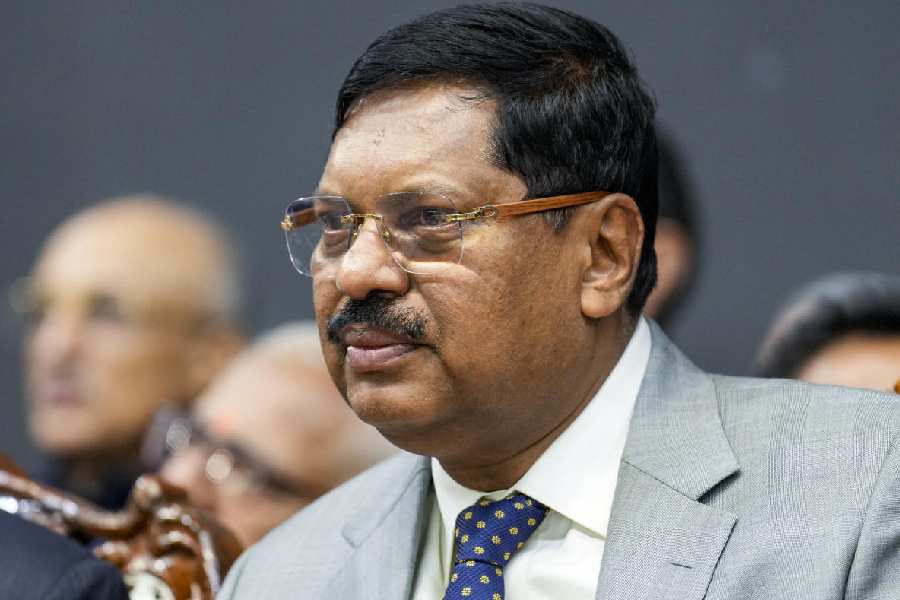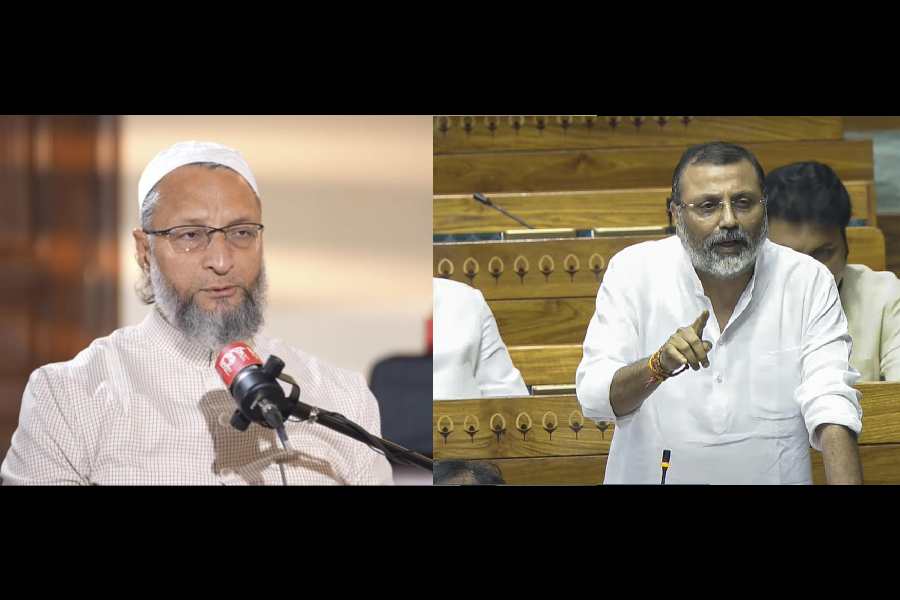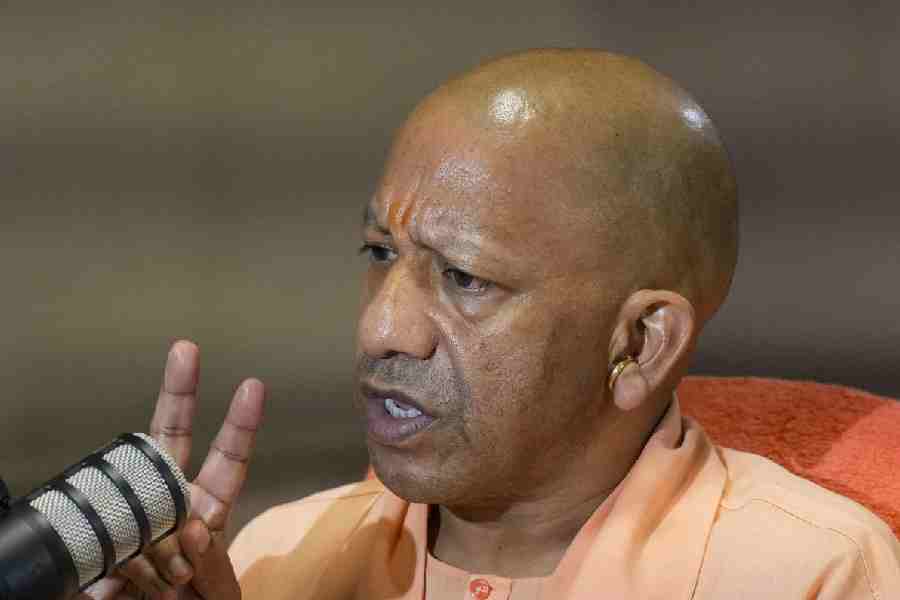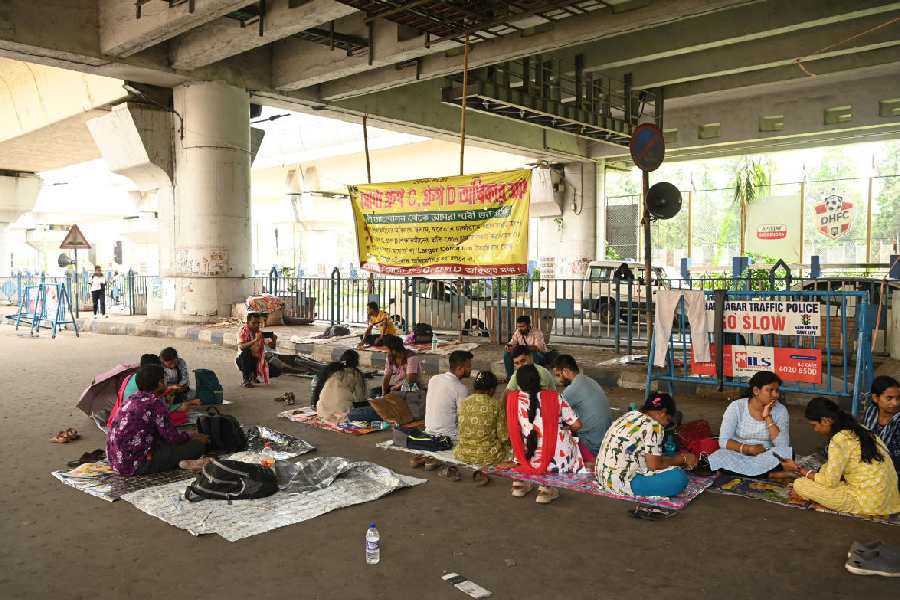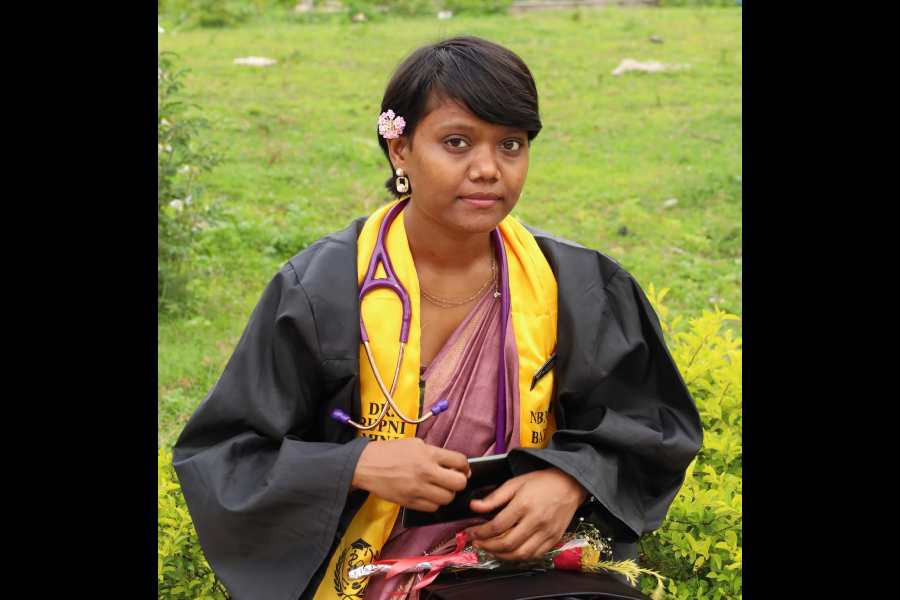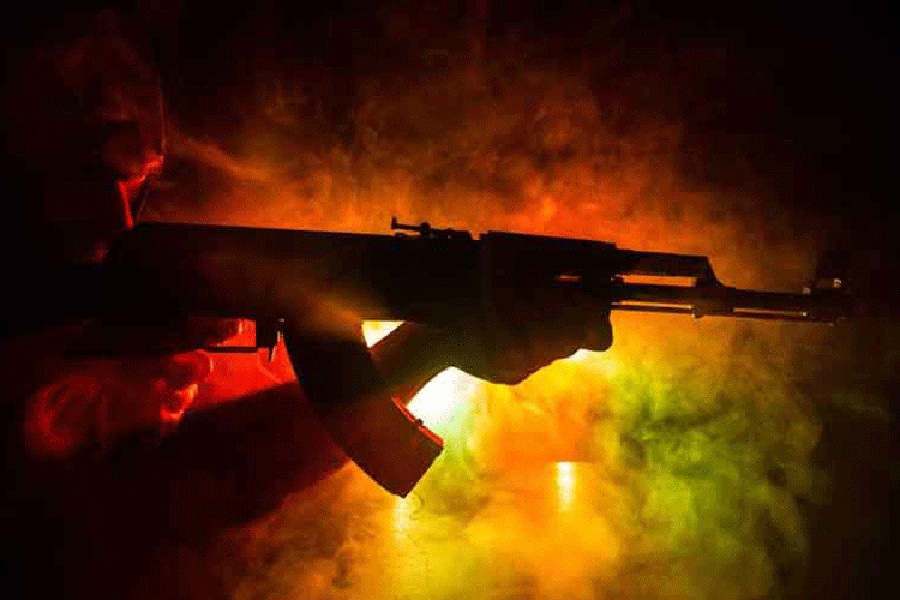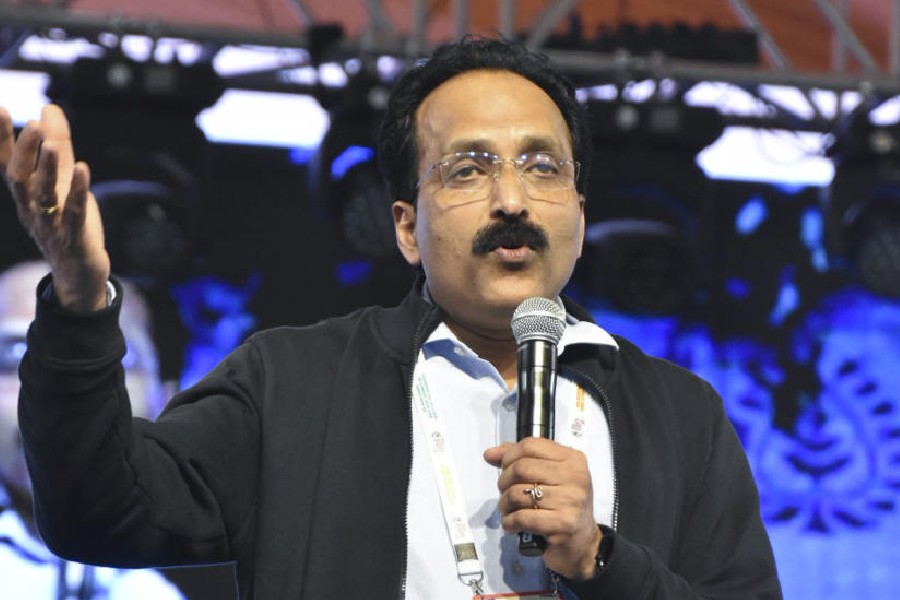.jpg)
Karan Johar’s Ae Dil Hai Mushkil is travelling to the screens prostrated before street jingoism, thuggery, ransom. Is the film industry right to pledge a blanket ban on association with Pakistanis? Two young Indian adults face off on an issue that’s no longer about cinema alone
CINEMA HAS BECOME A TROJAN HORSE IN THE INDIA-PAK HOSTILITIES
.jpg)

To summarise the situation we are in with cinema and the arts in Shakespearean terms, there has been much ado about Pakistan. But it is not about nothing. From Anurag Kashyap's humpty-dumpty twitter feud to Karan Johar's reticent patriotism, there has been a lot of hullabaloo and comment, informed and otherwise, on the recent "surgical" removal of a Pakistani tumour from Bollywood. "Terrorists and artistes are different," proclaimed an exasperated Bajrangi Bhaijaan (Salman Khan) from one side while on the other Chand Nawab (Nawazuddin Siddiqui) argued: "The situation is sensitive between India and Pakistan and the actors should leave."
Beyond the rhetoric, however, the question still remains: What does India get out of this ban on Pakistani artistes? The answer, I argue, is an articulation of the realities of our current geopolitical climate.
The position of those rejecting such a ban is that in times of heightened tensions, the survival of a "people-to-people" connect is the way forward. For them, Indian liberalism and the metaphor of " aman ki asha" dictates sympathy for the Pakistani artistes caught in their own catch-22. However, this liberalism is nothing more than a cultural form of "gentrification" - spruce everything up, get rid of the ugliness in order to create a false sense of paradise. These gentrifications do nothing more than create a marketable brand to sell anything and everything.
What makes this most dangerous is the ability to cover up the realities we face, to distract us from the core issues requiring urgent discourse. This is clearly visible from the "culturalisation" of the India-Pakistan tensions by the pro-Pakistani artiste brigade, which distracts attention from the real threat of state-sponsored terrorism that our country faces.
This gimmick showcases a more deep-seated ideological problem - that the spectacle of inclusion demonstrates real-world change. As the Slovenian critic and philosopher Slavoj Zizek said, the danger of modern discourses exists in how rosy a picture they paint to a point where it becomes hard to identify who the villain really is.
What is happening is nothing more than a form of "self-restraint" in the discourse which will not allow us to change the tensions between the countries or defeat cross-border terrorism. A better term for this is inter-passivity or doing things without the intention of ever changing the problems that lie at the centre of the discourse.
In fact, this peacenik lobby's real emotions come to the fore in the realities of misplaced statements such as those made by Om Puri - a selfish motivation for personal gain coupled with indifference towards the real-life sacrifices of our jawans.
This begs the question that links gentrification to the crux of my argument: does token inclusion of Pakistani artistes in Bollywood really make for better relations? Or, as I argue, is it a bubble of concocted realities without any understanding for the need for change?
These rhetorical deviations fail to recognise that an attack like Uri has not happened in 20 years. The arguments of cultural homogeneity delegitimise the reality of Indian action across the Line of Control.
However, most shockingly, they trivialise the very real dangers faced by our army at the border. This is nothing more than charity cannibalism, with the hardship of our forces becoming a musical adventure for our cultural neoliberals. This is a grave folly; it camouflages alarming realities under cover of extending support in the name of art and cinema.
To conclude, let's take the pro-gentrification brigade at their best and admit artistes form a breed unto themselves. They possess no borders and truly play a superhuman role in connecting individuals. Admitting to this important role of artistes, it only becomes essential that in light of the audacious cross-border attacks in Pathankot, Gurdaspur and Uri, not to mention the repeated ceasefire violations, civilian killings and martyrdom of soldiers - the realities of India-Pakistan tensions and hostilities can only be represented by a consistent averment of the threats to the very survival of India.
To defeat Pakistan-sponsored terrorism, it is imperative to defeat the ideology that drives it and that ideology cannot be defeated without quashing those who endorse it explicitly or surreptitiously. This is about much more than the monetary losses Ae Dil Hai Mushkil might suffer, art and cinema cannot become the Trojan Horses in this very real battle.
Lekhi is a third-year law student at the West Bengal National University of Juridical Sciences, Calcutta, and Indian representative at the World Assembly of Youth
![]()
GET REAL, THIS IS AN ASSAULT ON ART AND INTELLECT

A ban is essentially an exercise in insecurity. Indians have never thought of banning anyone from Sri Lanka or Nepal and, one can safely predict, will not think of it in the near future. Of the things banned in these times, nearly all are indicators of insecurity. Consider beef (Hinduism never really became as powerful as the middle-eastern monotheistic religions the RSS seeks to emulate), "obscenity" in films, in paintings, a documentary on the gang rape in 2012 ("it makes us look bad"), or the Congress-led banning of Salman Rushdie's Satanic Verses. A ban is the most simplistic and naïve use of power; naïve, because it merely heightens attention on things that have been banned.
After the Uri attack, and persistent militant activity before and after it, it is fairly clear that not only has India failed to prevent the infiltration of militants, but also that successive governments have failed to win the trust of those most affected by cross-border conflict. The realisation is sinking in that we will never "defeat" Pakistan, and dreams of Indian ascendancy in South Asia will remain just that, dreams.
With this larger insecurity, let us combine a more local insecurity which the city of Mumbai has always posed for groups like the MNS, Shiv Sena and others. Persecution of south Indians, Muslims, Gujaratis, Biharis and those from UP has been their primary agenda at different times. They have tried to banish Pakistan from the Indian world of cricket before, leading to a memorable face-off between Bal Thackeray and Sachin Tendulkar, when Thackeray for once realised his power had limits. Bollywood has seen the inroads of these extremist groups, with the blackening of director Hansal Mehta's face and objections being raised to Kareena Kapoor in a forgettable film.
This latest "ban", coming in the wake of militant attacks, steps up the incoherent rhetoric, and selects as the target, Pakistani artistes.
One cannot count the number of artistes over the last 70 years who were either Muslims from present-day Pakistan, or Hindus or Sikhs. Dilip Kumar isn't the only example, with writers, lyricists, producers, singers, and even extras who provided the foundations for Bollywood as it is known today. As the one sphere of Indian life which retained the use of Urdu (systematically expunged from Doordarshan, textbooks and other public enterprises) and persistently grappled with the social fallout of cross-border tensions, Bollywood is, perhaps, one of the most powerful ways in which public opinion has been shaped in independent India. So it becomes a natural, and crucial, target for the insecure extremist.
The extremists' claim is fairly clear: Since the masses are ours (a startling claim in itself), the market is ours. But more than that, the country's pluralist ethos is ours too, and so is the history, say zealots. Interestingly, the "we" in question are neither the masses nor the admirers of this fragile ethos. Ironically, the Hindu fundamentalist tries to protect the very same ethos he detests.
It is the same ethos to which both the zealot and the intellectual subscribe, albeit differently. Although the academic historian fetishises accuracy of historical detail, public life has always had a rather fluid conception of the past. It is a past with multiple religions, deep and complex caste structures, regional and linguistic nationalisms, and thousands of stories forever flourishing and mutating within them.
The admirers of our fragile, pluralist ethos have been worrying for quite some time now. They fear the Sangh Parivar will destroy diversity and debate, much-used words. Their ire, thus, has been directed towards these Saffronites, conveniently unaware that Hindutvawaad is merely a symptom of a deeper shift. A shift against intellectuals. The intellectual has been dethroned and consigned to a few universities and obscure journals. As moffussil India finds its voice, the learned and the well-educated increasingly find their professions and interests sidelined. Some of them vent their communal frustrations, finally coming out of the closet, pretending to understand what is going on. An intellectual sphere supported by the Congress would have scorned their innermost desires of Hindu assertion. Now they feel more secure. But others, besotted with the idea of a pluralist past, lament the fall of tolerance.
So what are the MNS or other such groups really saying? Simply this: We hate the elite intellectual for giving us nothing but big words and abstruse theories. We detest the tolerance and diversity which they claim to enjoy. We hate the condescension they show when we assert our differences. We do not care for Art. This is our form of self-determination. These are our deities, of which Bharat Mata is the greatest.
The rise of Narendra Modi, a certain kind of populist regional leader, is a reaction against an older English-speaking elite. It uses religion and nationality wherever required. This new belligerence towards Pakistanis and their talent is both a product and a device of this movement. Great work does require a certain level of turmoil and the texture of chaos. As Orson Welles' lines from the film The Third Man go, "In Italy, for 30 years under the Borgias, they had warfare, terror, murder and bloodshed, but they produced Michelangelo, Leonardo da Vinci and the Renaissance. In Switzerland they had brotherly love, they had 500 years of democracy and peace - and what did that produce? The cuckoo clock." There is sufficient trauma in this chaotic late-modern nation state, but artistes and writers are too busy playing their roles in an illusory reality TV show to bother about Art.
As groups like the MNS, VHP and others step up the violence and persecution, there are two conclusions that may be derived. The first, the age of the intellectual is over. This doesn't mean that the intellectual ceases to be important. It simply means that the world no more turns to the intellectual for advice.
The second, and perhaps more exciting, upshot is that as extremist groups further damage the pluralist ethos, better and more interesting Art may actually emerge.
Roy is a postgraduate student at the Centre for Historical Studies, JNU

.jpg)
